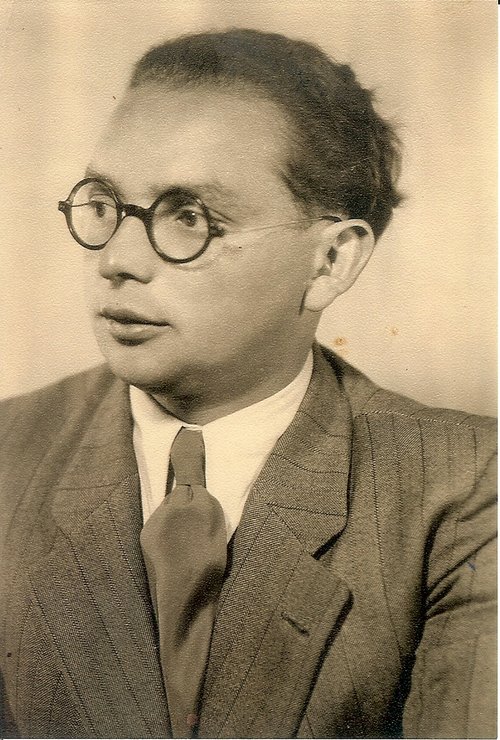
Ernst Israel Bornstein

Ernst Israel Bornstein
Ernst Israel Bornstein was born in Zawiercie, Poland in 1922. He was the oldest of four children. He was educated in Jewish schools and was a talented student who spoke German, Yiddish and Polish. He was incarcerated in seven concentration camps, enduring the infamous “death march” until finally being liberated by American soldiers near Lake Starnberg in Bavaria on 30 April 1945. His parents and two younger sisters perished at Auschwitz. Of an extended family numbering 72 at the start of the war, by its conclusion only six had survived including Ernst and his sister Regina. After the war he settled in Munich where he trained as a dentist and then again as a doctor. He was the founder of the Association of Ex-Concentration Camp Inmates in Munich and a prominent member of the Jewish community in Munich. He married Renee Koenig in 1964 and they had three children. In 1978 at the age of 55, Ernst died of a heart condition acquired during his years of starvation and forced labour. He left three young children who were aware that their father was special but who did not know the details of what had happened to him during the war. Ernst’s wife Renee now lives in Manchester, England.
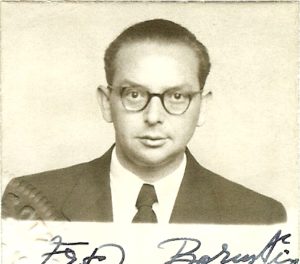
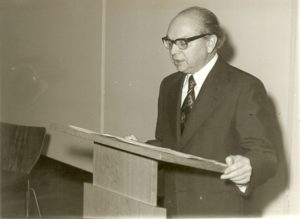
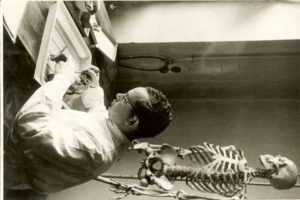
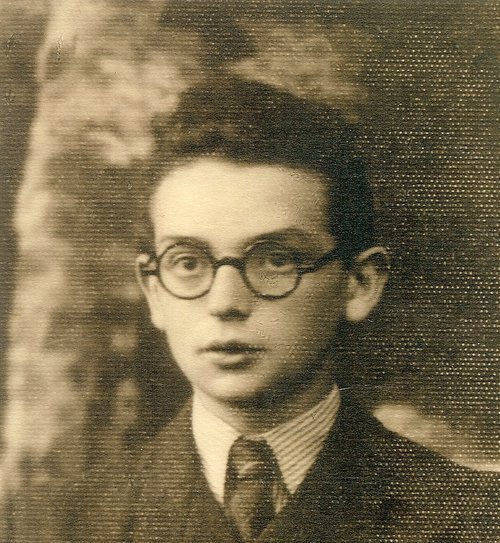
“We were a happy family before The Night began, which lasted five years and eight days. We four children (I was the eldest of two boys and two girls), were cared for by good parents and a large circle of relatives. My father, who was a respected and revered central focus of the family, advised on difficult questions and had the final word on difficult decisions, probably because he was the eldest of seven siblings. “His attitude of putting the mental and moral above the material won him the respect and regard of his community. For many years he strove for the education of Jewish youth and was on the honorary parents committee in our town. His work in the Zionist movement took a large part of his free time; I well remember that his evenings were filled up with meetings and lectures for these movements. He saw his life’s work as being active for them. He saw the realisation of the Jewish future in a Jewish State in the area of what was then Palestine. “Our education was strongly influenced by his ideals. I can say that my parents complemented each other in their efforts to prepare us psychologically for our future. Their harmonious family life was only the outer frame of their constant endeavours but, with one blow, our strong family life was derailed.”
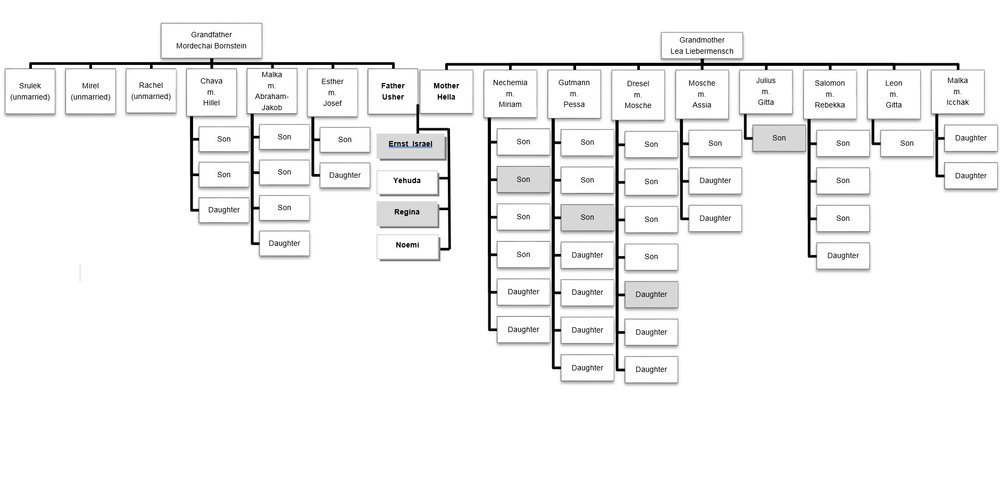
Of an extended family of 72 at the start of the war, by its conclusion only six had survived including Ernst and his sister Regina.

Ernst married Renee Koenig in 1964 and they had three children together, Noemie, Muriel and Alain.
Renee was born in France and survived the holocaust, after being arrested by the Gestapo aged 10.
Holocaust Matters is an interactive educational tool for anyone interested in the Holocaust including schools and those with a professional or personal research interest. It is run by the family of Holocaust survivor Dr Ernst Israel Bornstein to showcase excerpts of his memoir ‘The Long Night’ which tells of his miraculous survival from seven Nazi labour and death camps during World War II.
Users can explore and learn from the historical topics and universal themes within the book.
As well as being a historical source Ernst’s survival story has thrown up sensational new perspectives on the Holocaust and how history is remembered or forgotten to this day.
Without the words as his legacy his story would be lost.
© 2018 Holocaust Matters. Designed by Tudor Lodge Consultants
Although Ernst was never an inmate at the notorious Auschwitz camp he relays his fear of being sent there. His parents and two younger sisters perished at Auschwitz. The camp’s deadly reputation was well-known amongst inmates of other camps. Nearly one million Jews were murdered at Auschwitz along with tens of thousands of Poles, Roma and people of other nationalities.
Zawiercie in southern Poland, was Ernst Bornstein’s hometown. On the eve of the WWII there were 7,000 Jews in Zawiercie – about a quarter of its residents. They made their living primarily from trade, crafts, the clothing industry and the metal industry. The city had a traditional “cheder” (religious primary school), a Talmud Torah, and a school and kindergarten.
Ernst was dragged from his family home on 25th March 1941 and sent to Grünheide camp in modern-day Sieroniowice, Poland. Nothing is thought to remain of the camp apart from a hidden memorial.
Markstädt was one of the largest Schmelt forced labor camps for Jews. Located 22 kilometers southeast of Wrocław (Breslau), it was established for Alfried Krupp’s artillery factory the “Bertha-Werk”.
Fünfteichen was the largest subcamp in the Gross Rosen system. Most of the prisoners worked for the Krupp Factory, manufacturing 75mm and 150mm cannons as well as torpedo launchers. Prisoner beatings by SS men were a daily occurrence. Many prisoners could not stand the conditions prevailing in camp and committed suicide.
Gross Rosen concentration camp was located in modern-day Rogoznica in Poland. At its peak activity in 1944, the Gross Rosen complex had up to 100 subcamps located in eastern Germany, Czechoslovakia, and on the territory of occupied Poland. The population of all Gross Rosen camps at that time accounted for 11% of the total number of inmates incarcerated in the Nazi concentration camp system. There is now a museum on the site.
Flossenbürg was a Nazi German concentration camp built in May 1938. Until its liberation in April 1945, more than 96,000 prisoners passed through the camp, around 30,000 of whom died there.
From spring 1944 to April 1945 there was an outpost of the Natzweiler concentration camp run by the “SS” in Leonberg. Prisoners from 24 European countries, mainly from Poland, the USSR, France, Hungary, the Balkans and Germany were held captive in the shacks working almost exclusively for the Messerschmitt AG company making wings for the ME 262 jetfighter.
In mid-1944, the SS established the Mühldorf camp complex in Bavaria as a satellite system of the Dachau concentration camp to provide labour for an underground installation for the production of the Me-262 jet fighter.
